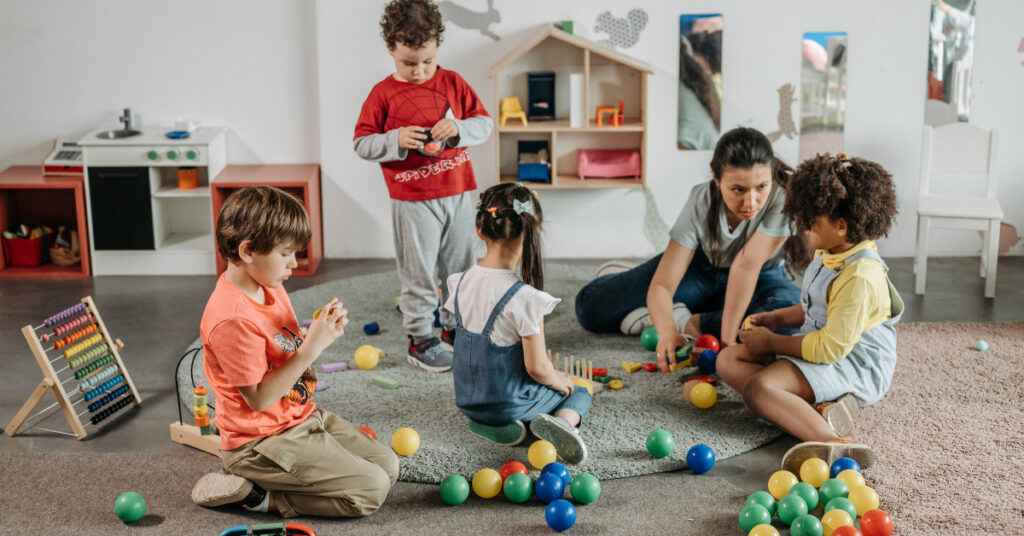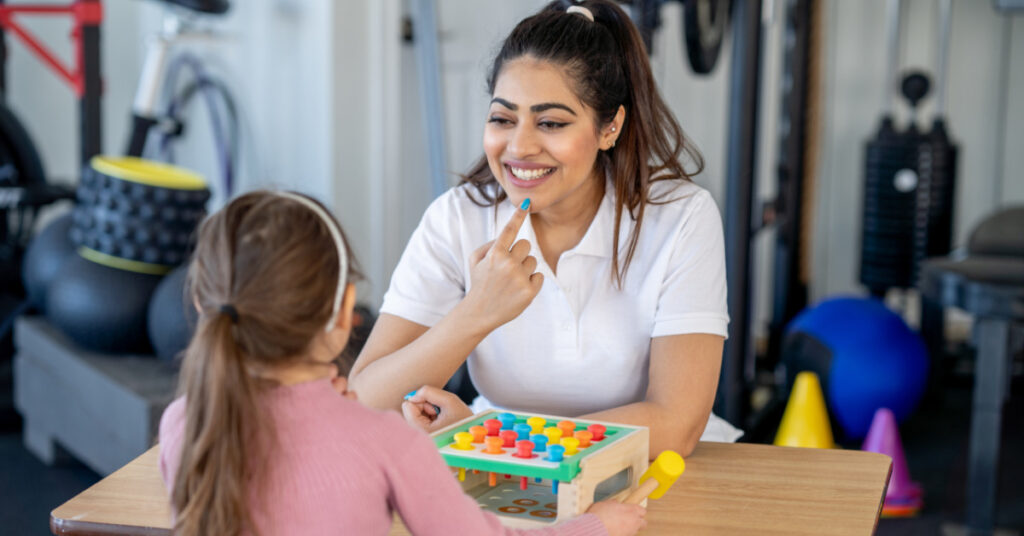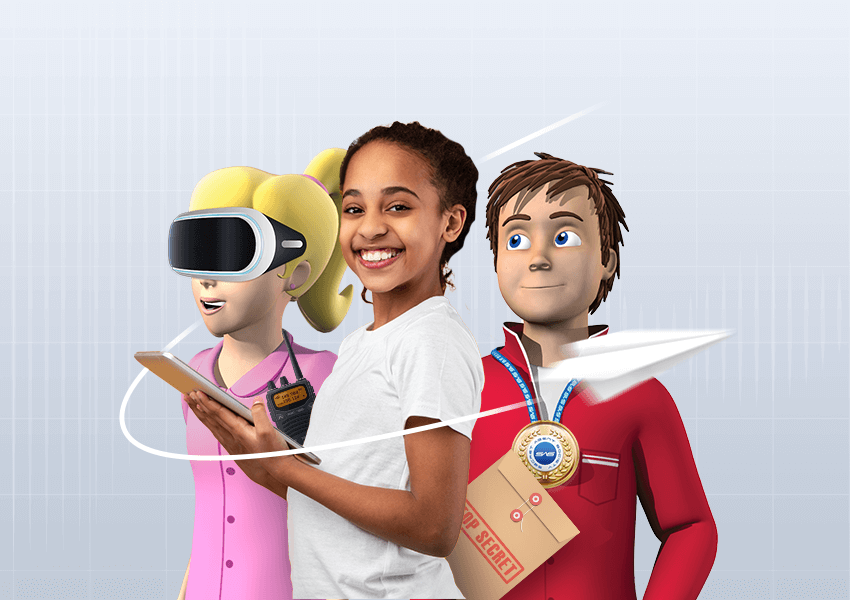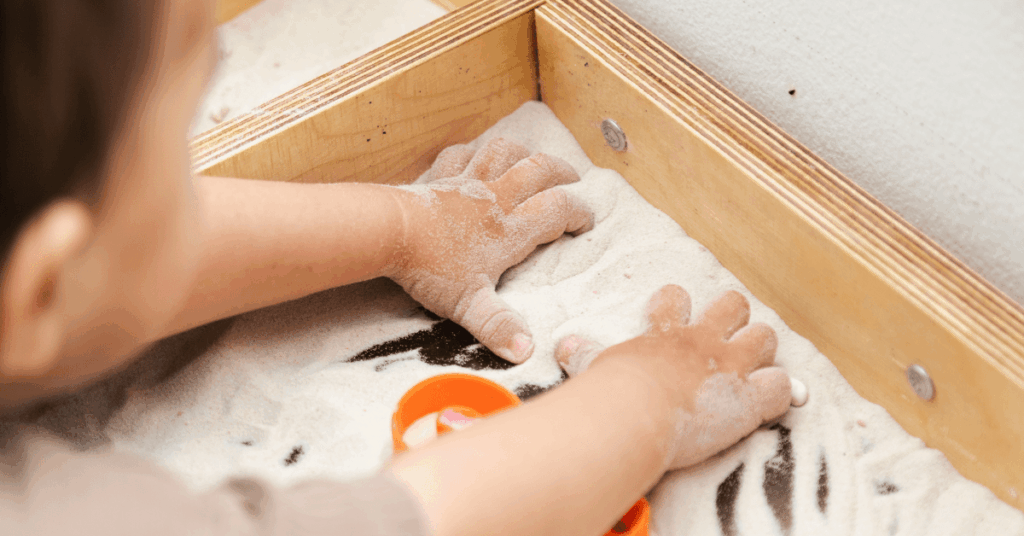Proprioception
By the team at Grow On Children’s Therapy
‘My child’s occupational therapist just told me about proprioception – I never even knew this was one of our senses!’
When we learn about our senses in school, we learn that our body has five: sight, smell, sound, taste, and touch.
But in fact, our body has eight senses! The additional senses tell us about body position, movement, and feelings coming from inside our body.
Respectively these three senses are known as proprioception, the vestibular sense, and interoception.
So what is proprioception?
Proprioception is the body’s position sense or body awareness. When our bodies move, our muscles and bones bend, straighten, pull, and compress at the joints.
Inside our joints are proprioceptors which send information to the brain about the position of our muscles and joints in space.
Unlike taste and smell senses which are received in the brain’s cerebral hemisphere where thoughts live, most proprioceptive input is processed in areas of the brain such as the cerebellum, where we do not have conscious awareness of information coming in.
In other words, while we might consciously think about our traditional five senses – for example, ‘I smell banana bread coming from the kitchen’ – we do not consciously think ‘I am going to pick up my legs and move them one after another to walk in the kitchen’.
Nor do we consciously think, ‘I am going to open my mouth and close my mouth, and open my mouth and close my mouth, to chew this piece of this banana bread’.
Our proprioceptors are hard workers, constantly sending signals to our brain to tell us where our body parts are and to help us move.
All this without us consciously thinking about movement.
What might problems with proprioception look like?
Children with less input from their proprioceptive system have to work harder to move their bodies in a coordinated, fluid way.
They tend to rely on other body systems, such as their visual system, to tell them how their bodies are moving. They may have some of the following signs:
- Handwriting that’s too dark or too light
- Walk too hard or push too hard
- ‘Rough’ play
- Wriggling during seated, pen-and-paper tasks
- Frequent running, bouncing, and crashing
- Increased pain threshold (they fall, but don’t seem to get hurt!)
- Chewing on pencils, clothing, or other inedible objects
- Bumping into people or objects
What are the implications of proprioception?
Children with decreased proprioception often have decreased motor planning – which means it’s more difficult for them to figure out what their body needs to do to complete a task.
They may have difficulties with some the following activities:
- Learning new motor tasks
- e.g., how to ride a bike
- e.g., how to tie shoes
- Handwriting
- Holding the pencil in a tripod grasp
- Keeping their writing on the line while looking up at the board
- Playing Simon Says
- Doing star jumps or sit-ups
- Climbing or walking on an unsteady surface
What can help to improve proprioception?
Occupational therapy can successfully address the problems caused by decreased proprioception.
Sensory integration therapy may be particularly helpful.
Although an occupational therapist cannot put more proprioceptors inside the child’s joints, or change the neural pathways between the child’s muscles and brain, through occupational therapy, the child will work on better sensory processing and integration of the proprioceptive information that their brain receives from their body.
During therapy sessions the child will engage in therapeutic activities that specifically target improved motor planning or will execute movements with the body thought up in the mind.
Activities that provide intense proprioceptive input may help the child’s body calm down when wiggling too much or moving too fast.
The child works with the OT will help their brain to make better use of the information that they are receiving from their muscles.









